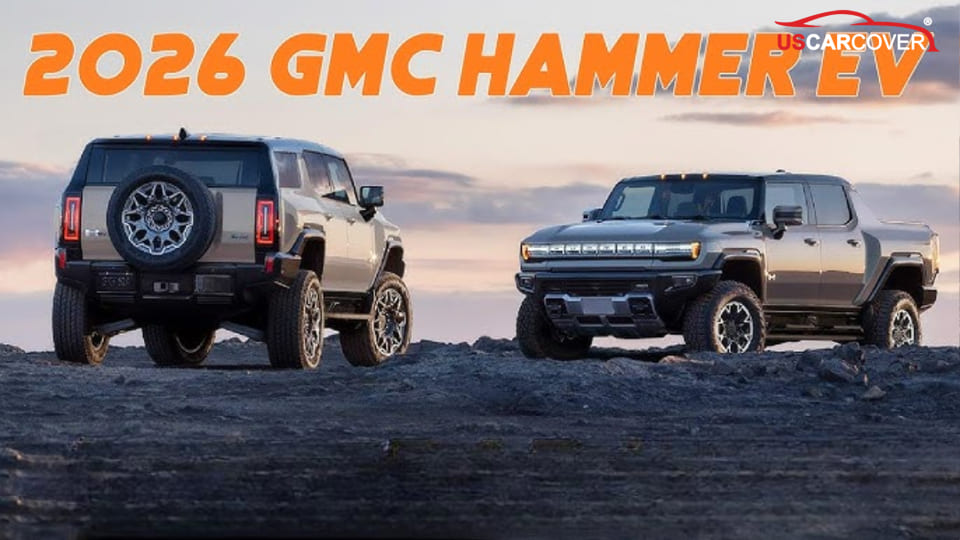
2026 GMC HUMMER EV SUV represents one of the boldest transformations in modern automotive history. Once notorious as a gas-guzzling off-road giant, the HUMMER name now returns as a fully electric icon built for the future. General Motors has taken what was once a symbol of excess and turned it into a high-tech adventure machine that promises both raw capability and zero emissions.
The big question is whether this all-electric HUMMER can truly redefine what an adventure SUV means in the EV era. With its combination of cutting-edge Ultium battery technology, jaw-dropping off-road hardware, and unmistakable presence, the 2026 HUMMER EV SUV aims to be more than just another luxury electric vehicle—it wants to be the benchmark for electric adventure.
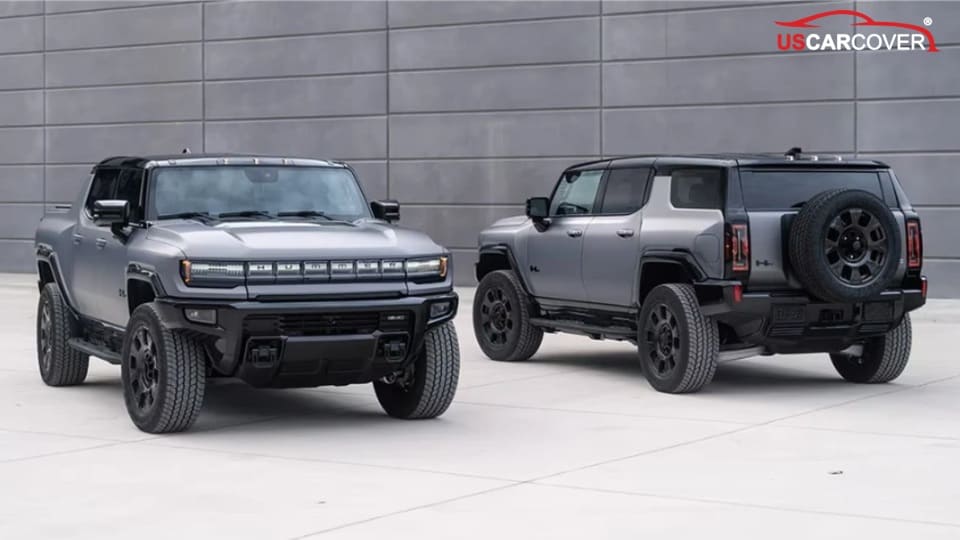
Related Articles: Is the 2026 Nissan Frontier PRO-4X R the Best Midsize Off-Roader Yet? A Veteran Reviewer’s Take
Exterior Design: Bold and Futuristic Muscle
The 2026 GMC HUMMER EV SUV stands out the moment you see it. Its commanding stance, squared-off body, and aggressive proportions read like a modern interpretation of classic HUMMER toughness-only cleaner and more purposeful. The wide track, short overhangs, and sculpted fenders give it real on-road presence while hinting at serious off-road capability when you walk around it.
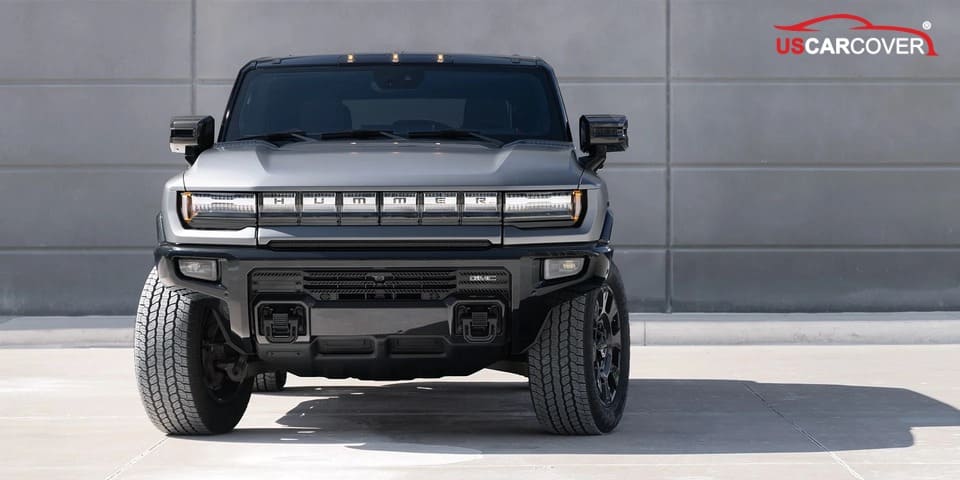
Signature design elements make the HUMMER EV SUV unmistakable. Illuminated HUMMER lettering across the nose, the modular Infinity Roof with removable sky panels, and massive wheel options (GMC offers large 22-inch wheels up to 35-inch-capable fitments on some builds) reinforce the “adventure-meets-luxury” message. Those roof panels stow easily and the Infinity Roof delivers an open-air experience that’s rare for a three-row-capable EV.
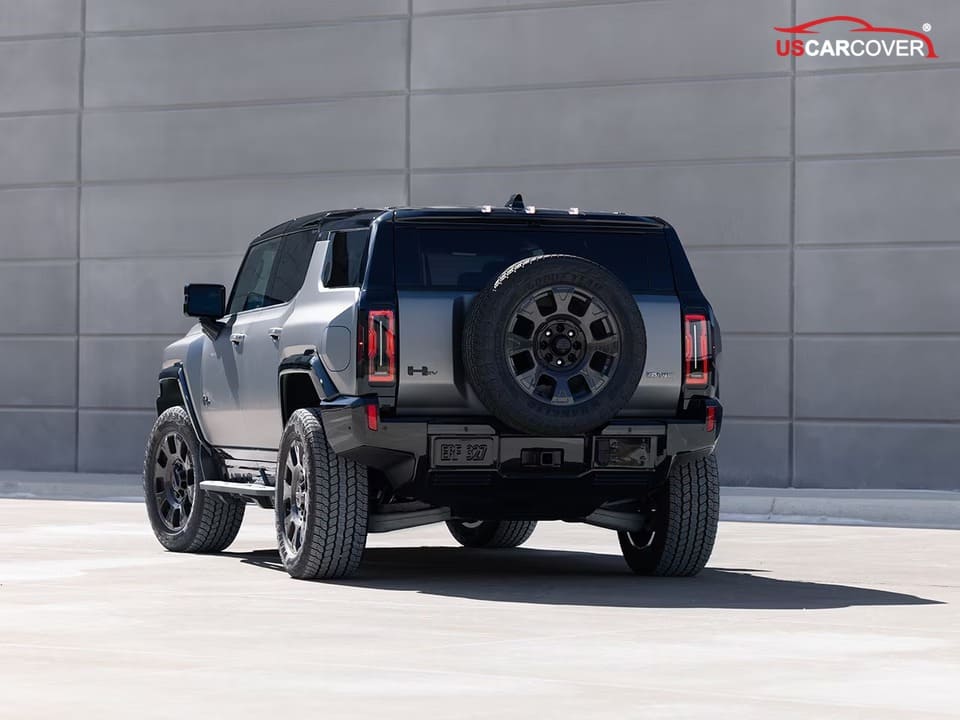
Compared with rivals the HUMMER reads bigger and more purposeful than the Rivian R1S and Tesla Model X. Rivian favors a sleeker, more aerodynamic look and the Model X leans tech-minimal luxury; the HUMMER goes the opposite direction, projecting muscular, off-road intent while still offering modern surfacing and premium fit-and-finish. In short, it telegraphs capability first, luxury second, which is exactly what many adventure buyers want to see.

Related Articles: Is the 2026 Toyota Land Cruiser LC 300 Worth It? A Veteran Reviewer’s Take
Interior Experience: Rugged Luxury Meets EV Innovation
Inside the HUMMER EV SUV the design balances rugged durability with genuine premium touches. Expect high-quality materials in sight and touch zones, weatherproof floor options for real outdoor use, and purposeful trim that holds up after a muddy weekend. The cabin feels engineered for owners who actually use their vehicles outdoors rather than only showing them off.
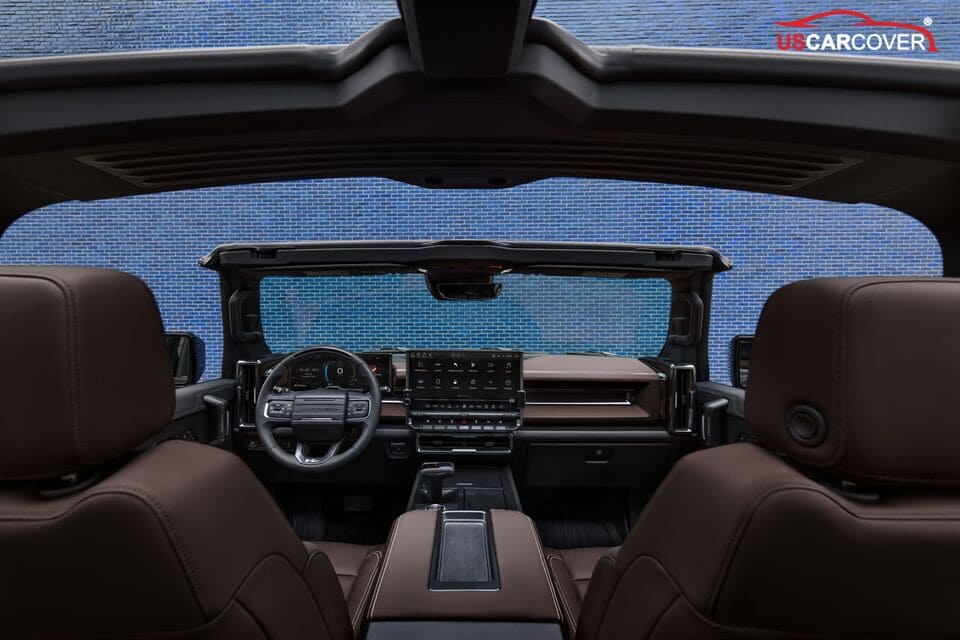
Tech is a headline. GMC dresses the dash with a 13.4-inch central touchscreen with Google built-in and a driver information display (about 11–12.3 inches depending on model year) that present vehicle, navigation, and trail data cleanly and quickly. The infotainment is responsive and practical for long trips, and the available Bose audio and extra connectivity features keep passengers comfortable and entertained.
Space and utility are equally well thought out. The HUMMER EV SUV offers flexible cargo arrangements and seating that suit multi-day trips and heavy gear loads. It’s not the smallest EV to park, but the roomy cabin and smart storage make it a strong choice for families who want true adventure capability without sacrificing creature comforts.
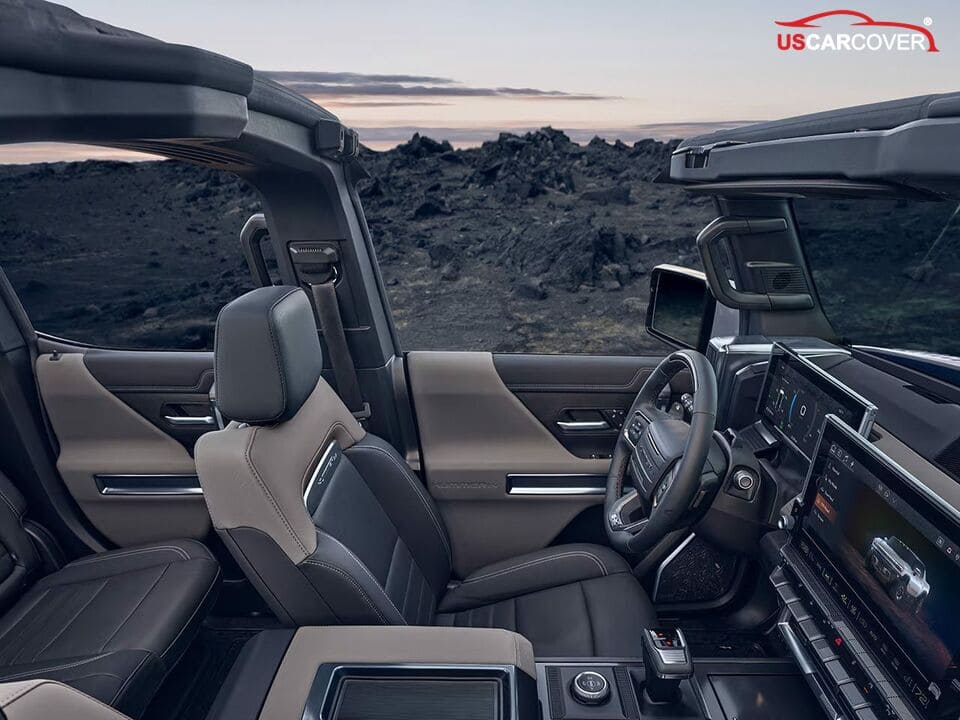
Related Articles: 2025 Cadillac Escalade V-Series Review: Power, Luxury, and Performance Through a Veteran’s Eyes
Powertrain and Performance: Supertruck Capability in an EV
Power and torque vary by configuration, but GMC’s high-end HUMMER EV SUV trims can deliver very high outputs. Depending on the model, GMC advertises configurations that range up to roughly 830 horsepower and wheel torque figures that GM expresses in thousands of pound-feet for marketing — numbers that translate into explosive low-end thrust and confident towing or passing ability. At the same time, GMC’s 2026 product pages show some model-year configurations rated lower (for example, certain trims list up to about 635 hp), so real performance depends on the spec you choose.
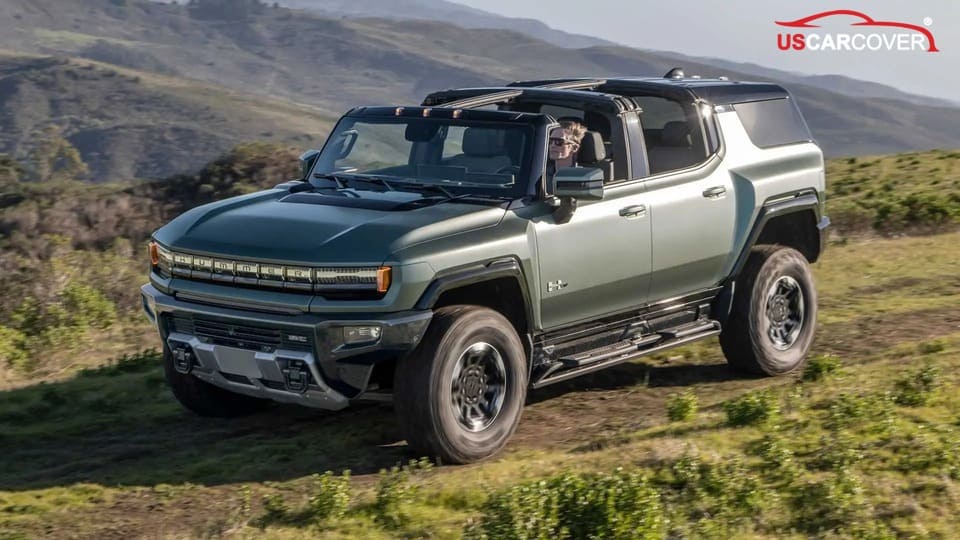
That raw electric grunt is paired with clever off-road systems. The HUMMER EV SUV includes CrabWalk (four-wheel steer mode for diagonal maneuvering), Extract Mode (raises the adaptive air suspension roughly 6 inches for rock or water crossings), and Watts to Freedom (a limited-use peak-torque launch mode) — features that let the vehicle be both an extreme off-road tool and a usable daily driver when you need it. These systems are integrated into selectable driver modes so you can tune the truck to trail, sand, or pavement.
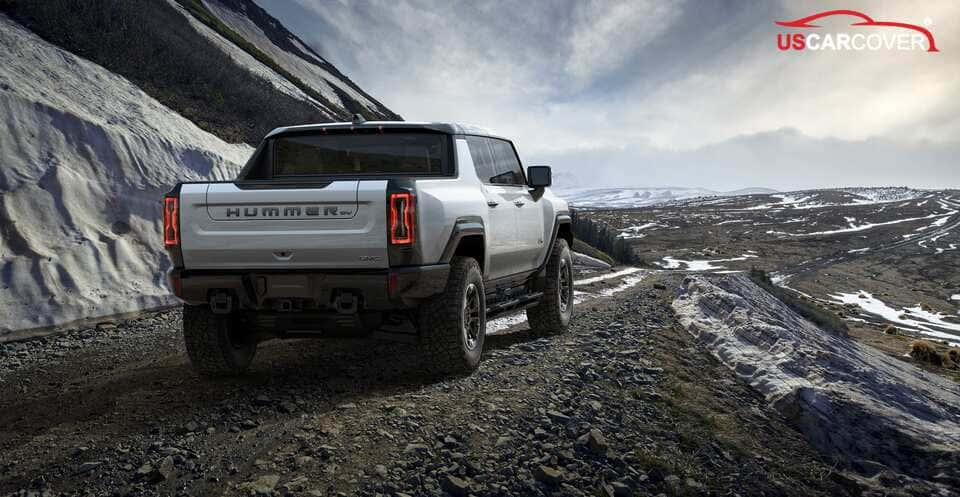
Performance numbers reflect the hardware. GMC quotes 0–60 mph times as quick as the mid-3-second range for the most powerful configurations with Watts to Freedom engaged, while more standard setups are still brisk but less extreme. Towing capability is competitive for a large EV SUV: depending on battery and motor setup, the HUMMER EV SUV’s ratings are in the same ballpark as other adventure-focused EVs, and Rivian’s R1S, for example, is rated around 7,700 pounds for many configurations. If you plan to tow regularly, look at the exact configuration and any towing packages, because off-road packages can change the advertised tow rating.
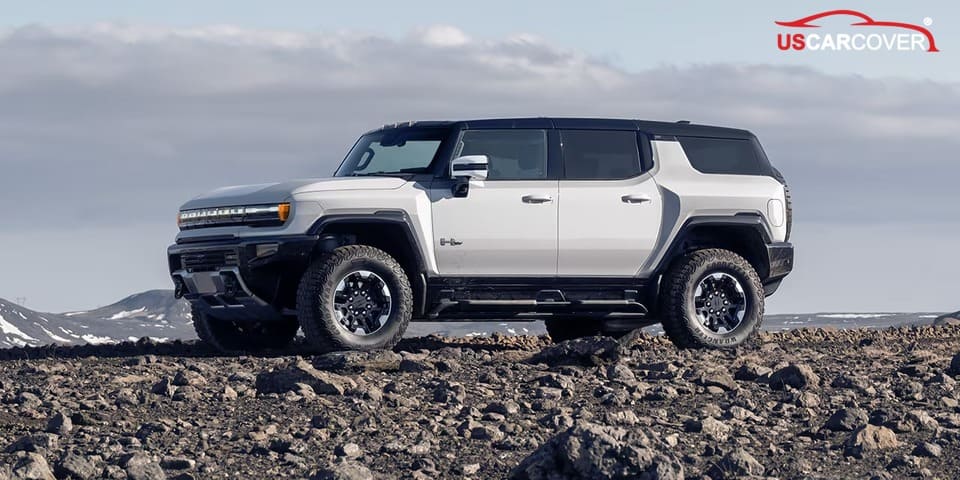
Range and Charging, Practicality for Real Adventures
The HUMMER EV SUV delivers real range for long trips, with GM estimates showing up to about 318–319 miles on certain configurations and up to roughly 298–315 miles depending on powertrain and trim. These numbers put it squarely in the usable range band for weekend adventures and longer road trips when planned charging stops are included.
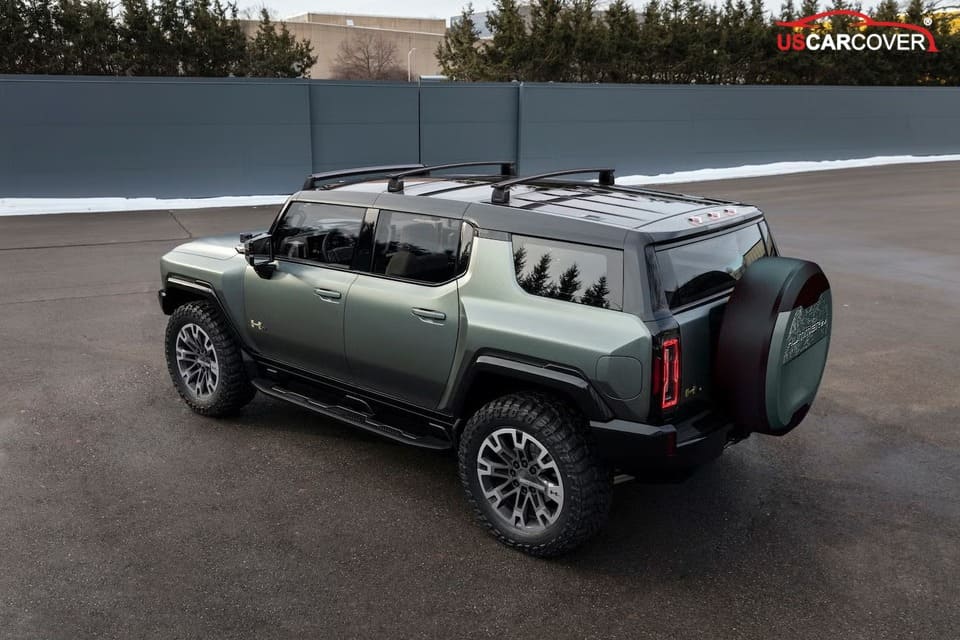
Fast charging is a strong suit. The HUMMER EV SUV supports an 800V-capable DC fast charging architecture and public charging rates up to about 300 kW, which translates to very fast replenishment. In practical terms, GM and testing reports indicate the vehicle can gain roughly 100 miles of range in the neighborhood of 10–15 minutes under ideal conditions, commonly quoted as about 12 minutes. That makes day-to-day adventure planning much easier than earlier EVs.
Real-world caveats matter though. Actual range and charge speed vary with payload, towing, outside temperature, and charger availability. Unlike gas stations, high-power chargers are still unevenly distributed across some regions, so route planning is more important for remote trails. My practical advice as a reviewer: map fast chargers along your route, factor in charging time to your itinerary, and account for heavier loads or off-road use which will reduce range.
Related Articles: 2026 Toyota Land Cruiser Mini Review: A Veteran Car Reviewer’s First Impressions and Insights
Technology and Safety, High-Tech Confidence on Any Terrain
Super Cruise is available and remains one of the most mature hands-free driving systems on the market. It enables hands-free driving on pre-mapped, compatible highways while monitoring driver attention with an in-cabin system. For long highway hauls this reduces fatigue and raises confidence, though it is not a substitute for an attentive driver.
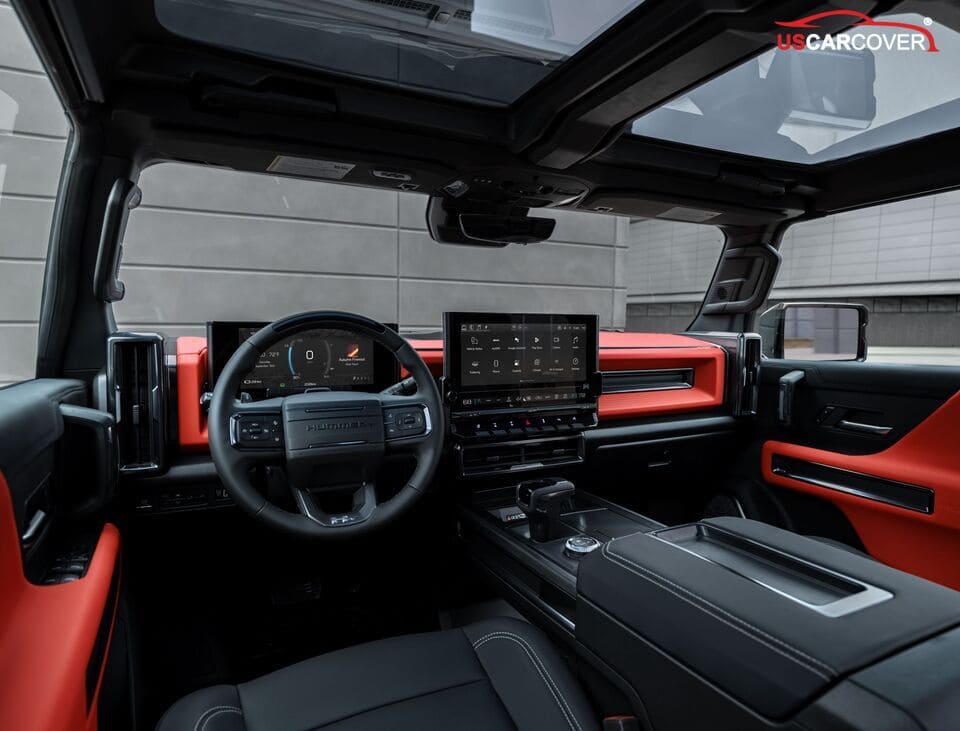
For trail work, GMC’s UltraVision camera system is a genuine advantage. UltraVision offers multiple camera angles including waterproof underbody cameras, helping you see wheel placement and obstacles beneath the vehicle. Combined with selectable off-road modes and the vehicle’s adaptive systems, the cameras make technical lines easier to pick and reduce the risk of underbody damage.
How does the HUMMER’s driver assist suite stack up with rivals? Super Cruise competes directly with other hands-free or advanced highway systems such as Rivian’s Driver+ and Tesla’s Autopilot family of features. The main practical differences are scope and approach: Super Cruise is limited to mapped highways but allows true hands-free driving when engaged, Rivian has rapidly expanded hands-free functionality on compatible roads, and Tesla’s systems take a different approach to on-the-fly lane work. All three are advancing quickly, so buyers should compare coverage maps and subscription terms when hands-free driving matters to them.
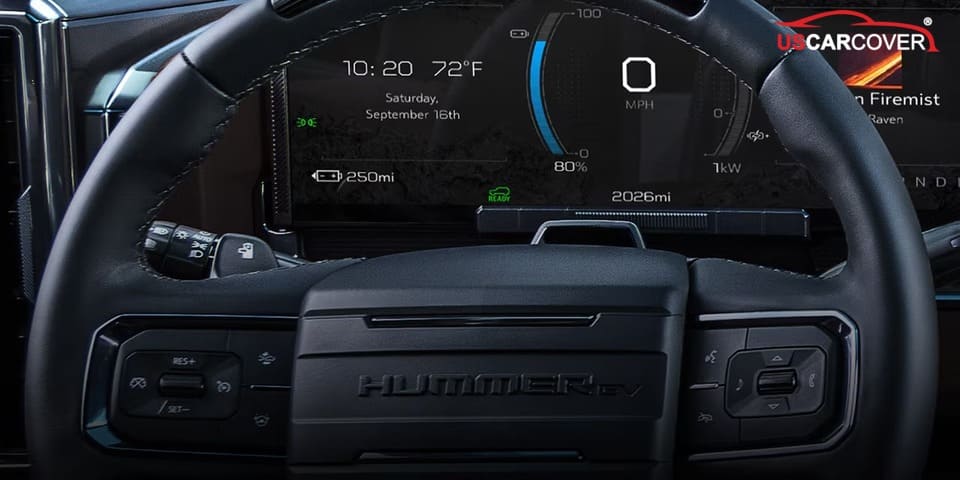
Market Position and Pricing, Who GMC Is Targeting
GMC priced the HUMMER EV SUV at the premium end of the market, with entry trims starting near the mid-to-high $90,000 range and higher-performance or optioned builds pushing well into six figures. That positioning targets buyers who want extreme off-road capability, cutting-edge EV tech, and a prestige badge, rather than mainstream EV shoppers.
In competitive terms, the HUMMER EV SUV sits above many Rivian R1S base prices while overlapping with higher-trim Tesla Model X and premium Grand Wagoneer configurations. Compared with Rivian, Tesla, or luxury ICE rivals, GMC emphasizes a blend of extreme off-road features and EV innovation, aiming at buyers who want both capability and statement-level presence.
Ownership economics are evolving. GMC’s warranty and dealer network give buyer confidence, but long-term TCO will depend on local electricity costs, charging behavior, and how often owners use the vehicle for towing or heavy off-road work. For shoppers who value capability and brand prestige over lowest possible price or maximum efficiency, the HUMMER EV SUV represents a deliberate, high-value choice.
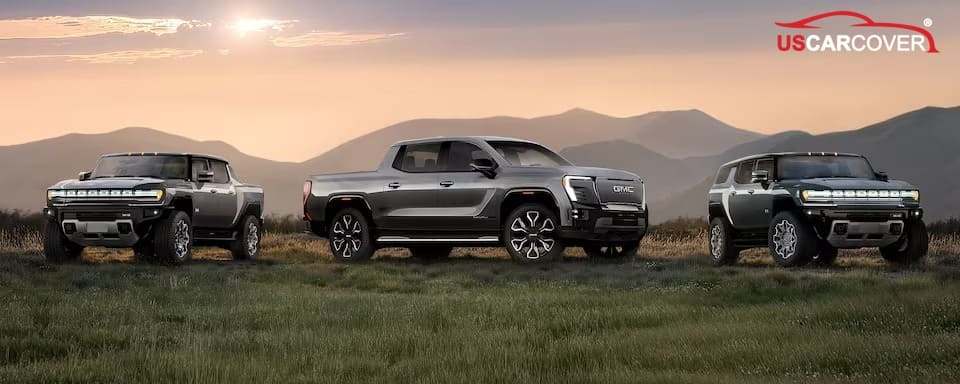
Pros and Cons: A Veteran Reviewer’s Perspective
Pros
- Jaw-dropping power and instant torque that make the HUMMER feel explosive off the line and confident on climbs. This SUV delivers serious electric output depending on configuration.
- Unmatched off-road technology in the EV space, including adaptive air suspension, CrabWalk or King Crab 4-wheel steer, Extract mode for extra ground clearance, and extensive camera coverage to help pick lines on technical terrain. These systems turn an electric SUV into a genuine trail tool.
- EV innovation wrapped in an iconic badge. Battery architecture, high-power DC fast charging capability, and an emphasis on adventure-focused software underline GMC’s push to make the HUMMER EV SUV both cutting edge and purpose-built.
Cons
- Massive size and presence can make tight city driving and parking more challenging than with smaller luxury SUVs.
- Premium pricing puts many desirable trims and optioned builds well into six-figure territory for buyers who want the top features and performance.
- Charging infrastructure is improving but still uneven across remote trail regions, so expedition planning requires extra attention compared with filling a gas tank. Fast charging mitigates this, but network availability remains a real-world constraint for some buyers.

conclusion
The 2026 GMC HUMMER EV SUV can legitimately redefine the modern adventure SUV for a large group of buyers. It combines serious off-road capability, thoughtful adventure-focused features, and electric propulsion in a way no mainstream competitor currently matches. The result is an EV that does more than emulate old HUMMER bravado; it translates that capability into a usable, modern platform.
Who should buy it
Adventure-driven families who want three-row capability or roomy cargo space plus true off-road systems.
Tech-savvy enthusiasts who want the latest EV performance, CrabWalk or King Crab maneuverability, and connected charging tech.
Loyal HUMMER or GMC fans who want a statement vehicle that also doubles as a real-world expedition rig.

Related Articles: 2026 Ford Mustang Pickup Truck Expert Review: The Future of Performance Pickups
FAQ
Q: What is the range of the 2026 GMC HUMMER EV SUV?
A: Depending on configuration, GM estimates range up to about 319 miles on some SUV trims. Real-world range will vary with wheels, tires, payload, towing, and driving conditions.
Q: How much horsepower does it have?
A: Power varies by trim. GM lists multiple power levels for the HUMMER EV family; high-output configurations produce very large electric outputs that translate to strong acceleration and towing performance. Check the exact trim spec when ordering.
Q: How fast can it charge?
A: The HUMMER EV SUV supports high-power DC fast charging. Under ideal conditions GMC says the vehicle can add roughly 100 miles of range in about 12 minutes on very high-capacity chargers, thanks to an 800V-capable architecture and up to roughly 300 kW public charging rates. Actual times depend on charger power and conditions.
Q: Can it really go off-road like a gas HUMMER?
A: Yes, in practical terms. The HUMMER EV SUV pairs high torque delivery with specialized hardware and software such as Extract mode, adaptive air suspension, and advanced underbody camera views, all of which enable serious off-road maneuvers while protecting components. It is not the same sensation as a vintage gas H1 or H2, but it matches or exceeds those vehicles in capability for many modern adventure missions.
Q: How does it compare with the Rivian R1S and Tesla Model X?
A: The HUMMER emphasizes extreme off-road ability and bold presence more than the Rivian or Tesla. Rivian is tuned for balanced adventure and refined off-road manners with strong range and towing figures, while Tesla focuses on on-road speed, efficiency, and tech ecosystem. If your priority is off-road hardware plus headline EV performance and a prestige badge, the HUMMER EV SUV is uniquely positioned. For pure range, efficiency, or different approaches to hands-free driving, consider the R1S or Model X as alternatives.
